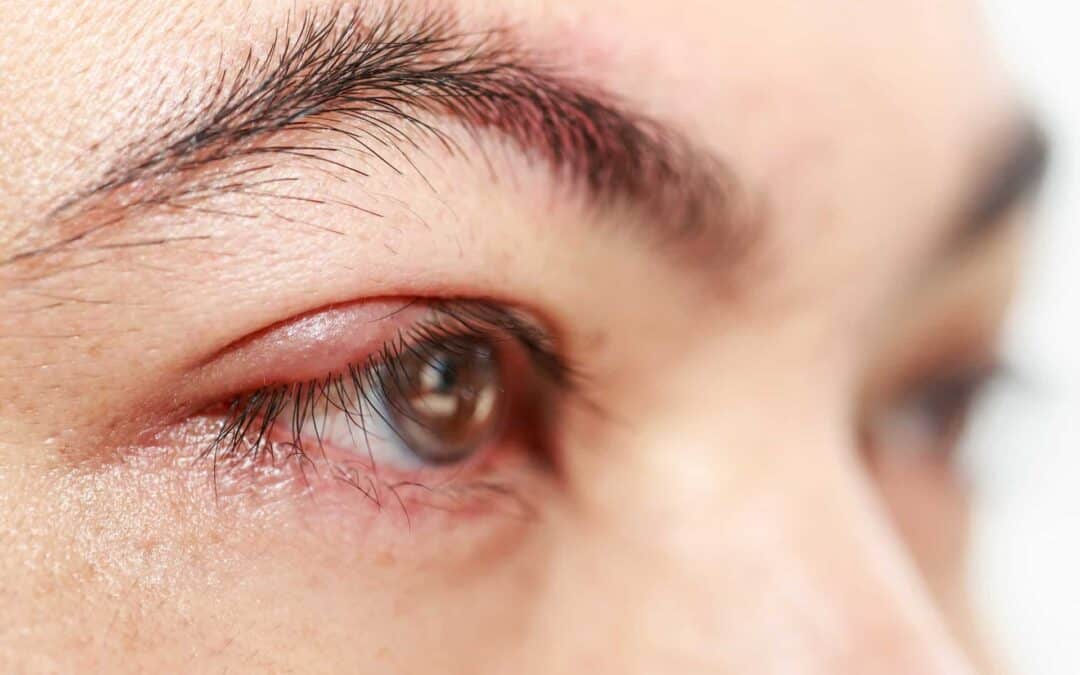What is blepharitis?
Blepharitis is a common condition that causes inflammation of the eyelids. It is a chronic external eye disorder resulting in red, burning, and irritated eyes.
What causes blepharitis?
The cause of blepharitis is the inflammation of the oil glands that are located behind the eyelashes. These oil glands are responsible for producing the outermost layer of tears. With blepharitis, the oils from these glands do not flow freely and the gland openings become plugged. Left untreated, these glands can become irritated and possibly infected. Loss of eyelashes can occur as well as recurrent painful eyelid swelling or styes. Dandruff-like scales may be found at the base of the eyelashes. Many patients complain of burning eyes, worse in the morning upon awaking in addition to their eyelids being matted shut. There are several causes as to why these glands become inflamed. Blepharitis frequently occurs in people who have a tendency towards oily skin and dandruff. It can occur at any age.
How do you treat blepharitis?
Since blepharitis is a chronic condition, there is no cure. While over-the-counter treatments for blepharitis are available, it is advisable you consult your doctor of optometry if you experience these symptoms to diagnose the condition. There are several ways to treat blepharitis and patients can manage it themselves quite well. Cleaning away the crusty material around the lashes with warm compresses, a clean face cloth soaked in warm water, helps keep the lashes clean if done at least twice a day. This technique also helps to keep the oily component of the tears flowing better. Commercial lid scrubs can also help to clean the eyelids further. Lid scrubs are medicated pads similar to the ones used to remove eye makeup. Instead of commercial lid scrubs, patients can dilute a small amount of baby shampoo in a small cup with warm water. A cotton ball soaked in the diluted shampoo can be carefully applied to the eyelashes. In either case, after using lid scrubs, gently rinse the solution off with warm water. Sometimes antibiotic ointments applied to the lid margins may help manage the symptoms of blepharitis. Artificial tear and steroid eye drops may also be prescribed. In severe cases, oral antibiotics may have to be considered as a treatment.


